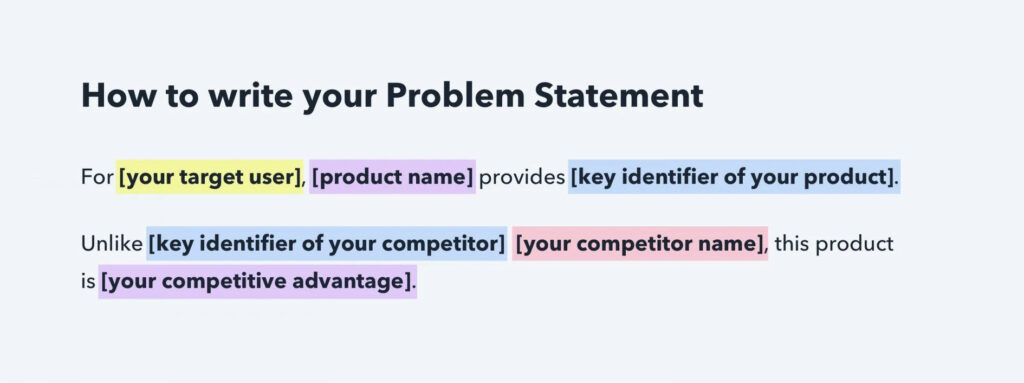Next
When Good Ideas Get Sucked Dry: Beware the ‘Startup Vampire’
28th Oct 2024
Here's how to identify and manage the Startup Vampire. Protect your startup from becoming their next victim.
Take a Read
 Back
Back
Insights
To have a successful start-up product, your problem must sit at the heart of every plan, every decision and every move.
And if you don’t find a problem worth solving, you won’t have a product worth marketing.
The first and most important test of this? Writing your problem statement.
There is nowhere to hide in a problem statement. Investors want specifics. Stakeholders want specifics. Your product development team certainly needs specifics.
If you don’t feel able to be precise about what you plan to do? Stop! Do not pass go! Take this as a sign that more research is required. You may even need to decide whether this idea is worth your time.
A problem statement nails down the what, who, why and how
Carve out at least half a day with your team to boil your ideas down to:
Keep it short. You’re looking for two to three concise sentences.
Use plain language. Ban buzzwords and anything vague but impressive sounding.
Focus on the target user. Remember, this product is not about you, your team or your goals.
A good problem statement can help bring investment onboard, align your team’s efforts and anchor your decision-making during the design process. At step one, you’ll already be waaaaaay ahead of the game.

Intrface can help with end-to-end strategic product consultancy, from helping you nail your initial problem statement through to product maturity and beyond.
Wherever you are in the product lifecycle, we can help, so let’s talk! [email protected]
Keeping reading ? 10 Steps to a Successful Digital Product – Step 2 – Fix your eyes on the prize.

